RFID Tags in Fisheries: Accurate Tracking for Sustainable Practices
Sustainable practices in fisheries are becoming increasingly important as global demand for seafood continues to rise. With overfishing, habitat destruction, and illegal fishing threatening marine ecosystems, effective management and traceability of fish stocks have become essential. One technology that has revolutionized how fisheries are managed is Radio Frequency Identification (RFID) tagging. This technology includes RFID Tags, RFID Tag readers, and the whole fish tracking system that offers an efficient and precise way to track and monitor fish, helping to ensure sustainable practices across the industry.
In this blog post, we will dive into how RFID tags work, their role in fisheries, and how they contribute to the long-term sustainability of aquatic resources.
The Importance of Tracking in Fisheries
Sustainable fisheries management relies heavily on the ability to monitor fish populations, track fishing activities, and maintain data transparency. Inaccurate or incomplete data can lead to overfishing, stock depletion, and mismanagement, ultimately disrupting ecosystems.
RFID technology plays a critical role in solving these issues by providing real-time, accurate tracking of fish populations. This makes it easier for fisheries managers to monitor stock levels, enforce fishing quotas, and ensure that all fishing activities are in line with conservation efforts.
How RFID Tags Work in Fisheries
RFID tags used in fisheries come in two types: passive and active.
- Passive RFID Tags: These tags do not have their own power source. Instead, they are powered by the electromagnetic signal sent by an RFID tag reader. When a fish with a passive RFID tag passes by the scanner, the tag emits a signal that the scanner captures. These tags are generally less expensive and are used for short-range tracking, typically within a few meters.
- Active RFID Tags: These tags come equipped with their own power source, usually a small battery, allowing them to broadcast their signal over longer distances. Active tags are often used in larger bodies of water or in open ocean tracking, where it’s necessary to monitor fish over greater distances.
In both cases, the unique identifier stored in the tag provides essential data about each fish, such as its species, origin, age, and migration patterns. This data can be compiled and analyzed to inform sustainable management decisions.
How RFID Tags Promote Sustainability
RFID tags support sustainable practices in fisheries in several significant ways:
Accurate Stock Assessment
One of the greatest challenges in fisheries management is accurately estimating the size of fish populations. RFID tagging along with an RFID tag reader allows managers to count and monitor individual fish, providing real-time data on stock levels. With accurate data, fisheries can adjust quotas and regulate fishing activities more effectively, reducing the risk of overfishing.
Reduction of Bycatch
Bycatch refers to the unintended capture of non-target species during fishing. RFID tags help to identify and release caught fish before they are harmed. By minimizing bycatch, fisheries can operate more sustainably and protect vulnerable species from unnecessary harm.
Improved Compliance with Regulations
RFID tags enable better enforcement of fishing regulations. Since each tagged fish is tracked throughout its lifecycle, authorities can verify the origins of the fish using an RFID tag reader and ensure that it was caught within legal limits. This is particularly important in combating illegal, unreported, and unregulated (IUU) fishing, which is a major threat to global fish stocks.
Enhanced Traceability in the Supply Chain
Consumers today are more conscious of the origins of their food. RFID technology enhances traceability by providing a full history of each fish, from the moment it is caught or raised in an aquaculture farm to the point of sale. This transparency promotes ethical and sustainable seafood consumption, giving consumers confidence in the products they purchase.
Better Resource Management
Fishery managers and researchers can use the data collected using the RFID tag reader from tagged fishes to study migration patterns, breeding behaviors, and the effects of environmental changes on fish populations. This knowledge allows for the development of more targeted conservation efforts and resource management strategies, helping to preserve marine ecosystems for future generations.
Applications of RFID in Aquaculture
While RFID technology is commonly used in wild fisheries, it also has significant applications in aquaculture, the farming of fish and other aquatic organisms. As aquaculture grows to meet the increasing global demand for seafood, managing fish stocks efficiently becomes crucial.
In aquaculture, RFID tags are used to track individual fish throughout their entire lifecycle. This allows farmers to monitor the health, growth, and feeding patterns of fish in real time. It also helps in disease management, as RFID technology can quickly identify infected or at-risk fish, allowing for prompt intervention.
By optimizing feeding schedules and environmental conditions based on data collected through RFID tags, aquaculture operations can reduce waste, improve efficiency, and ensure the long-term sustainability of their farming practices.
The Bottom Line
RFID tags offer an innovative and effective solution for the sustainable management of fish stocks in both wild fisheries and aquaculture. By providing accurate tracking and traceability, RFID Tags and RFID Tag Readers help to protect marine ecosystems, reduce bycatch, ensure regulatory compliance, and promote sustainable seafood practices.
As the global demand for seafood continues to grow, RFID tagging will play an increasingly important role in ensuring that fisheries and aquaculture operations are both profitable and environmentally responsible. This technology not only helps preserve the delicate balance of marine ecosystems but also offers transparency and trust to consumers, making it a vital tool for the future of sustainable fisheries.

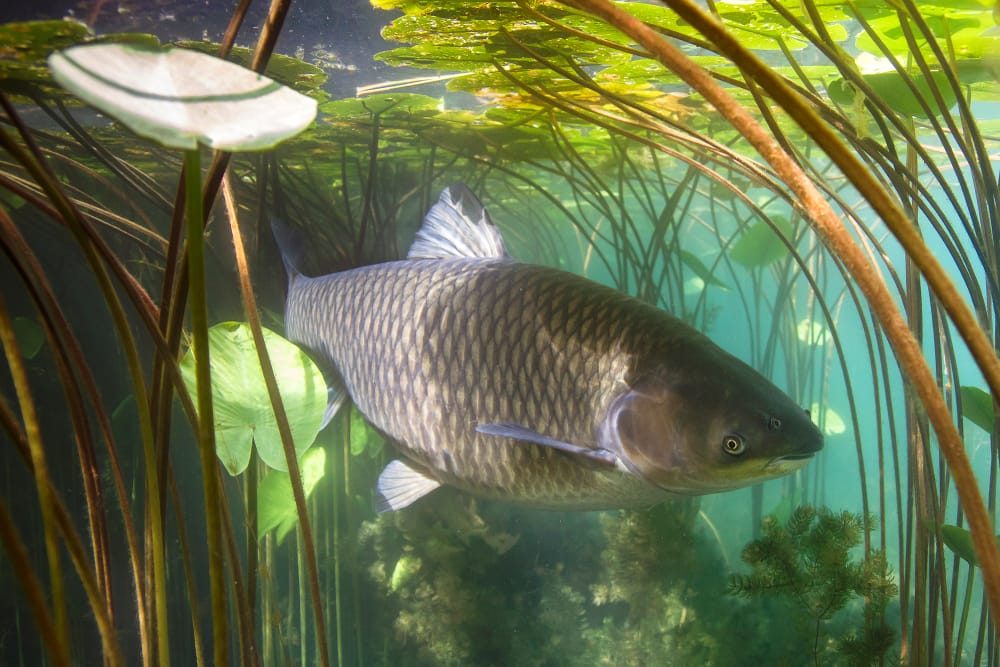

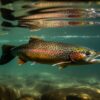
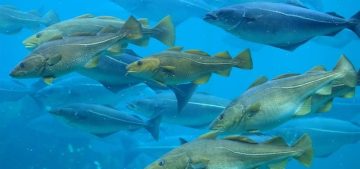
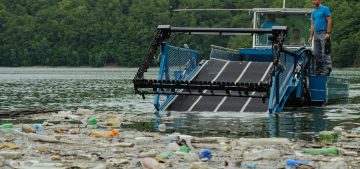


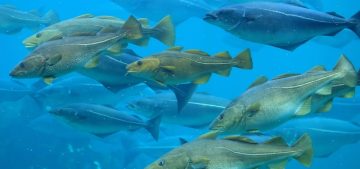
Add comment